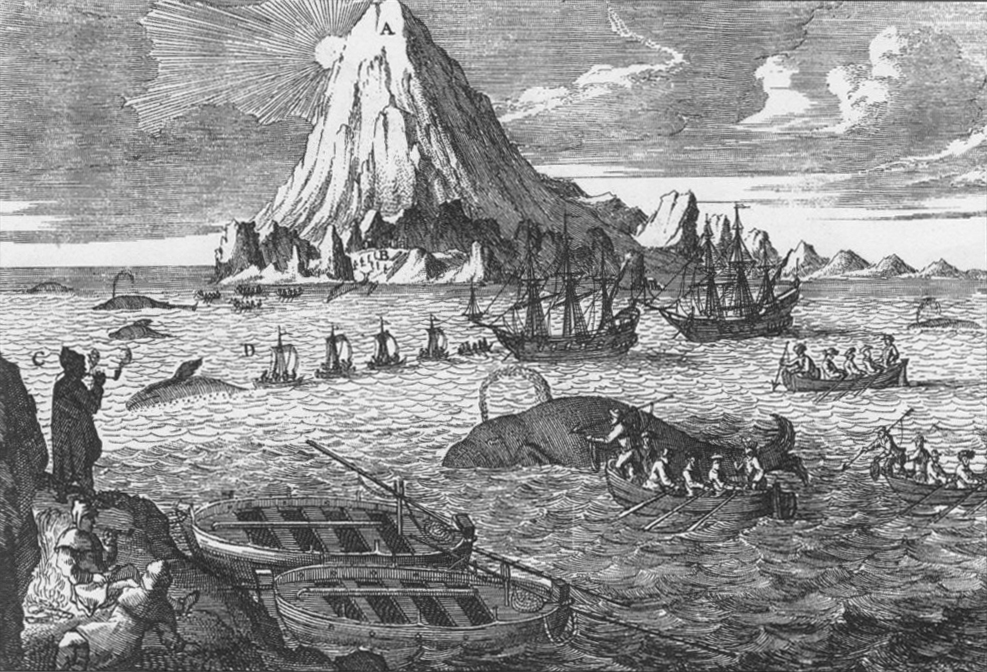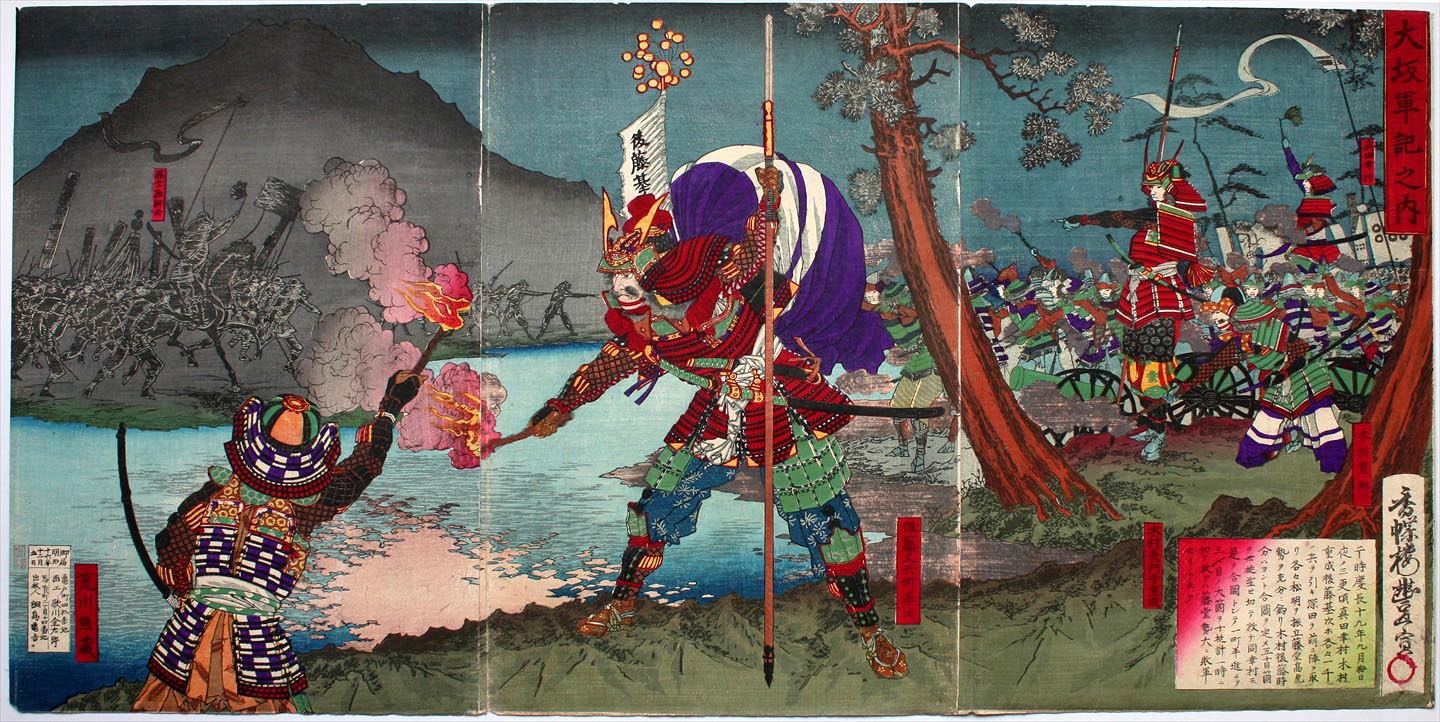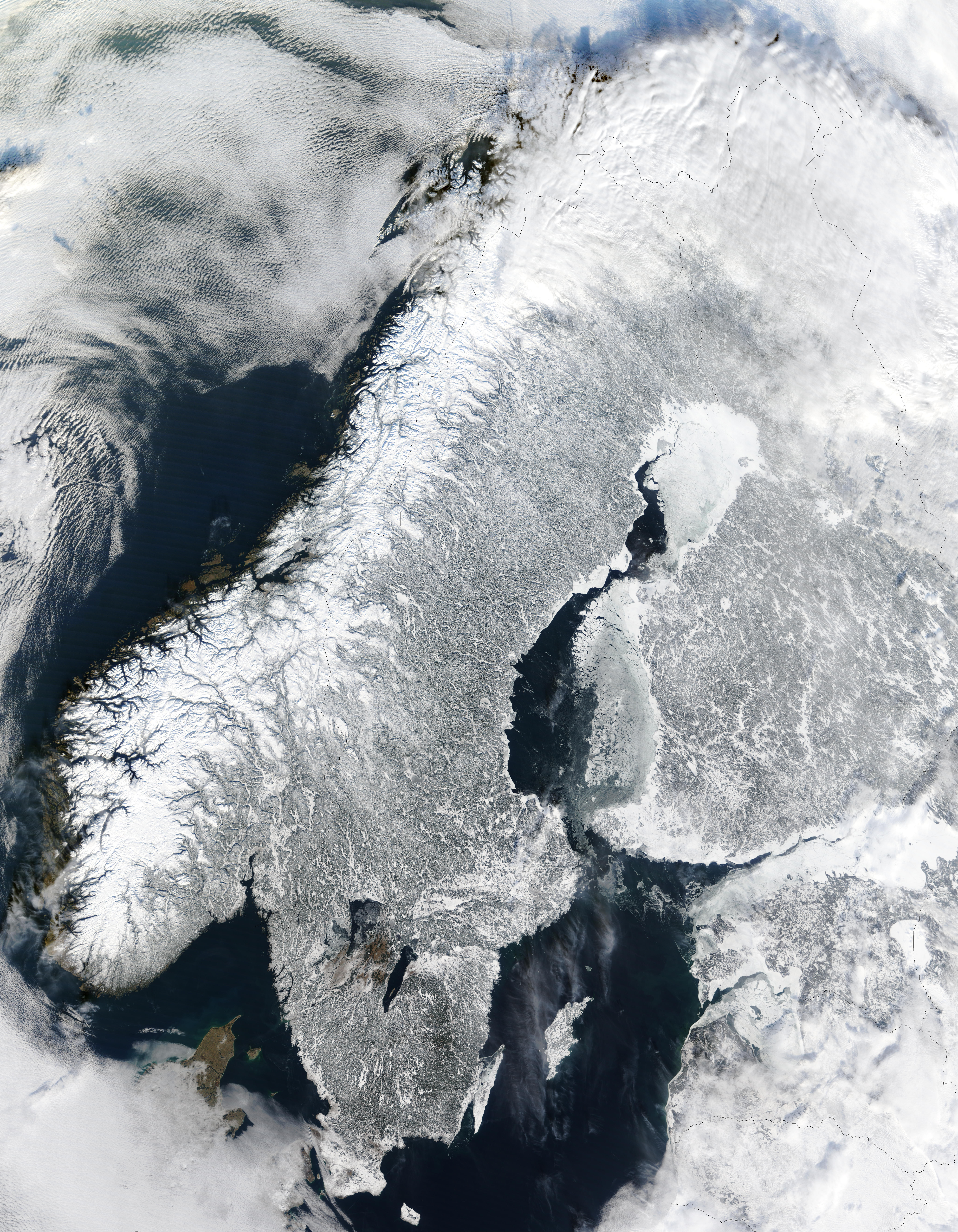|
Lægerneset
Lægerneset ( English: ''Camp Point'') is a headland on the eastern side of Recherche Fjord, Svalbard. It was once known as "Whale Head" or "Edge's Point", which was named after the English merchant and whaler Thomas Edge. An English whaling Whaling is the hunting of whales for their products such as meat and blubber, which can be turned into a type of oil that was important in the Industrial Revolution. Whaling was practiced as an organized industry as early as 875 AD. By the 16t ... station was situated on the point in the first half of the 17th century. References * Norwegian Polar InstitutePlace names in Norwegian polar areas Whaling stations in Norway 1615 establishments in Norway Peninsulas of Spitsbergen Former populated places in Svalbard Whaling in Norway Whaling in the United Kingdom {{spitsbergen-geo-stub ... [...More Info...] [...Related Items...] OR: [Wikipedia] [Google] [Baidu] |
Recherche Fjord
Recherche FjordGuijarro Garcia, Elena, et al. 2007. ''Bottom Trawling and Scallop Dredging in the Arctic: Impacts of Fishing on Non-Target Species, Vulnerable Habitats, and Cultural Heritage''. Copenhagen: Nordic Council of Ministers, p. 302. () is a small fjord on the south side of Bellsund, Spitsbergen. The glacier Recherchebreen debouches into the fjord from south, and Renardbreen from west. History The fjord is named after the French cruiser ''La Recherche'', which visited Spitsbergen in 1838 and 1839. The Dutch had named it in the early 17th century ''Schoonhaven'' (English: Beautiful Bay). The English commonly called it ''Ice Bay''. The whaling industries of the Netherlands and of the United Kingdom established shore stations within the fjord in the first half of the seventeenth century, most notably Lægerneset Lægerneset ( English: ''Camp Point'') is a headland on the eastern side of Recherche Fjord, Svalbard. It was once known as "Whale Head" or "Edge's Point", w ... [...More Info...] [...Related Items...] OR: [Wikipedia] [Google] [Baidu] |
Thomas Edge
Thomas Edge (1587/88 – 29 December 1624) was an English merchant, whaler, and sealer who worked for the Muscovy Company in the first quarter of the 17th century. The son of Ellis Edge, Thomas Edge was born in the parish of Blackburn in Lancashire in 1587/88. Edgeøya (Edge Island in Svalbard, an island which English whalers rediscovered in 1616) takes its name from him. Edge's Point, the eastern point of Recherche Fjord (off Bellsund in Svalbard), also commemorated his name, but is now known as Lægerneset (the Camp Point). Working life, 1609–1622 Sealing, 1609–1610 In 1609 Edge served as supercargo of the ''Paul'' on a sealing voyage to Bear Island. In 1610 he again sailed to the island for sealing, this time as commander of the ''Lioness''. Whaling, 1611–1619 In 1611, Edge was given command of two ships, the 150-ton ship ''Mary Margaret'' (which he sailed on as factor), and the 60-ton bark ''Elizabeth'', Jonas Poole, master and pilot, on a whaling voyage to Spits ... [...More Info...] [...Related Items...] OR: [Wikipedia] [Google] [Baidu] |
English Language
English is a West Germanic language that developed in early medieval England and has since become a English as a lingua franca, global lingua franca. The namesake of the language is the Angles (tribe), Angles, one of the Germanic peoples that Anglo-Saxon settlement of Britain, migrated to Britain after its End of Roman rule in Britain, Roman occupiers left. English is the list of languages by total number of speakers, most spoken language in the world, primarily due to the global influences of the former British Empire (succeeded by the Commonwealth of Nations) and the United States. English is the list of languages by number of native speakers, third-most spoken native language, after Mandarin Chinese and Spanish language, Spanish; it is also the most widely learned second language in the world, with more second-language speakers than native speakers. English is either the official language or one of the official languages in list of countries and territories where English ... [...More Info...] [...Related Items...] OR: [Wikipedia] [Google] [Baidu] |
Svalbard
Svalbard ( , ), previously known as Spitsbergen or Spitzbergen, is a Norway, Norwegian archipelago that lies at the convergence of the Arctic Ocean with the Atlantic Ocean. North of continental Europe, mainland Europe, it lies about midway between the northern coast of Norway and the North Pole. The islands of the group range from 74th parallel north, 74° to 81st parallel north, 81° north latitude, and from 10th meridian east, 10° to 35th meridian east, 35° east longitude. The largest island is Spitsbergen (37,673 km2), followed in size by Nordaustlandet (14,443 km2), (5,073 km2), and Barentsøya (1,288 km2). Bear Island (Norway), Bjørnøya or Bear Island (178 km2) is the most southerly island in the territory, situated some 147 km south of Spitsbergen. Other small islands in the group include Hopen (Svalbard), Hopen to the southeast of Edgeøya, Kongsøya and Svenskøya in the east, and Kvitøya to the northeast. The largest settlement is Longyearbyen, situated in Isfjor ... [...More Info...] [...Related Items...] OR: [Wikipedia] [Google] [Baidu] |
Whaling
Whaling is the hunting of whales for their products such as meat and blubber, which can be turned into a type of oil that was important in the Industrial Revolution. Whaling was practiced as an organized industry as early as 875 AD. By the 16th century, it had become the principal industry in the Basque coastal regions of Spain and France. The whaling industry spread throughout the world and became very profitable in terms of trade and resources. Some regions of the world's oceans, along the animals' migration routes, had a particularly dense whale population and became targets for large concentrations of whaling ships, and the industry continued to grow well into the 20th century. The depletion of some whale species to near extinction led to the banning of whaling in many countries by 1969 and to an international cessation of whaling as an industry in the late 1980s. Archaeological evidence suggests the earliest known forms of whaling date to at least 3000 BC, practiced by the ... [...More Info...] [...Related Items...] OR: [Wikipedia] [Google] [Baidu] |
1615 Establishments In Norway
Events January–March * January 1 – The New Netherland Company is granted a three-year monopoly in North American trade, between the 40th and 45th parallels. * January 30 – Japan's diplomatic mission to Europe, led by Hasekura Tsunenaga, meets with King Philip III of Spain at Madrid and presents an offer of a treaty. * February 2 – Sir Thomas Roe sets out to become the first ambassador from the court of the King of England to the Mughal Emperor Jahangir, departing from Tilbury Hope on the ship ''Lyon'' under the command of captain Christopher Newport. * February 17 – Japan's envoy to Europe, Hasekura Tsunenaga, receives a Christian baptism by the royal chaplain, Diego de Guzmán, and receives the European name Felipe Francisco Hasekura. * March 10 – John Ogilvie, a Jesuit priest, is hanged and drawn at Glasgow Cross in Scotland for refusing to pledge allegiance to King James VI of Scotland; he will be canonised in 1976, becoming ... [...More Info...] [...Related Items...] OR: [Wikipedia] [Google] [Baidu] |
Peninsulas Of Spitsbergen
A peninsula is a landform that extends from a mainland and is only connected to land on one side. Peninsulas exist on each continent. The largest peninsula in the world is the Arabian Peninsula. Etymology The word ''peninsula'' derives , . The word entered English in the 16th century. Definitions A peninsula is generally defined as a piece of land surrounded on most sides by water. A peninsula may be bordered by more than one body of water, and the body of water does not have to be an ocean or a sea. A piece of land on a very tight river bend or one between two rivers is sometimes said to form a peninsula, for example in the New Barbadoes Neck in New Jersey, United States. A peninsula may be connected to the mainland via an isthmus, for example, in the Isthmus of Corinth which connects to the Peloponnese peninsula. Formation and types Peninsulas can be formed from continental drift, glacial erosion, glacial meltwater, glacial deposition, marine sediment, marine transg ... [...More Info...] [...Related Items...] OR: [Wikipedia] [Google] [Baidu] |
Former Populated Places In Svalbard
A former is an object, such as a template, gauge or cutting die, which is used to form something such as a boat's hull. Typically, a former gives shape to a structure that may have complex curvature. A former may become an integral part of the finished structure, as in an aircraft fuselage, or it may be removable, being used in the construction process and then discarded or re-used. Aircraft formers Formers are used in the construction of aircraft fuselage, of which a typical fuselage has a series from the nose cone to the empennage, typically perpendicular to the longitudinal axis of the aircraft. The primary purpose of formers is to establish the shape of the fuselage and reduce the column length of stringers to prevent instability. Formers are typically attached to longerons, which support the skin of the aircraft. The "former-and-longeron" technique (also called stations and stringers) was adopted from boat construction, and was typical of light aircraft built until t ... [...More Info...] [...Related Items...] OR: [Wikipedia] [Google] [Baidu] |
Whaling In Norway
Whaling in Norway involves hunting of minke whales for use as animal and human food in Norway and for export to Japan. Whale hunting has been a part of Norwegian coastal culture for centuries, and commercial operations targeting the minke whale have occurred since the early 20th century. Some still continue the practice in the modern day, within annual quotas. History Norwegians caught whales off the coast of Tromsø as early as the 9th or 10th century. Vikings from Norway also introduced whaling methods for driving small cetaceans, like pilot whales, into fjords in Iceland. The Norse sagas, and other ancient documents, provide few details on Norwegian whaling. The sagas recount some disputes between families over dead whales but do not describe any organized whale fishery in Norway. Spear-drift whaling was practised in the North Atlantic as early as the 12th century. In open boats, hunters would strike a whale with a marked spear, with the intent of later locating the dead beache ... [...More Info...] [...Related Items...] OR: [Wikipedia] [Google] [Baidu] |





